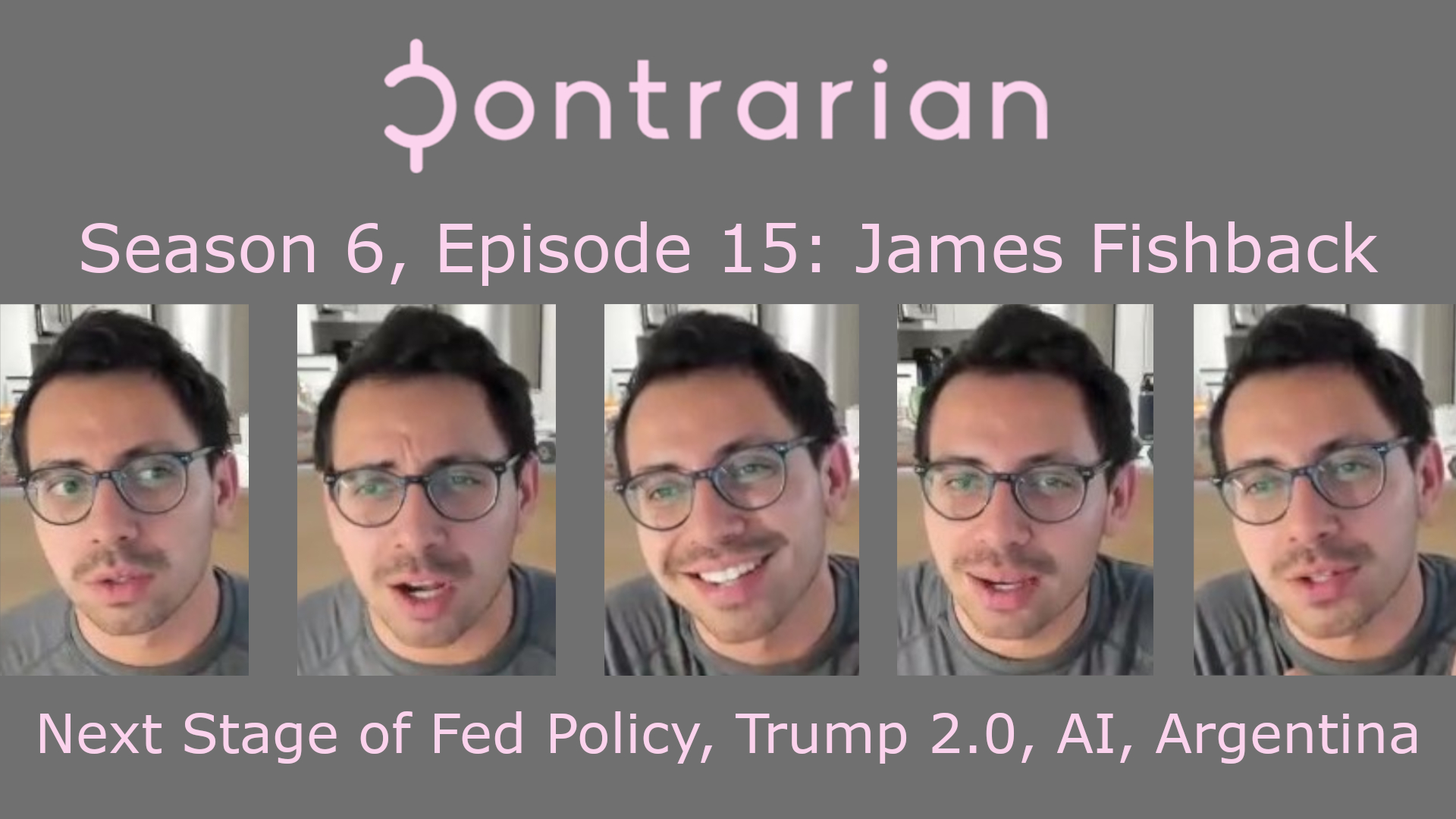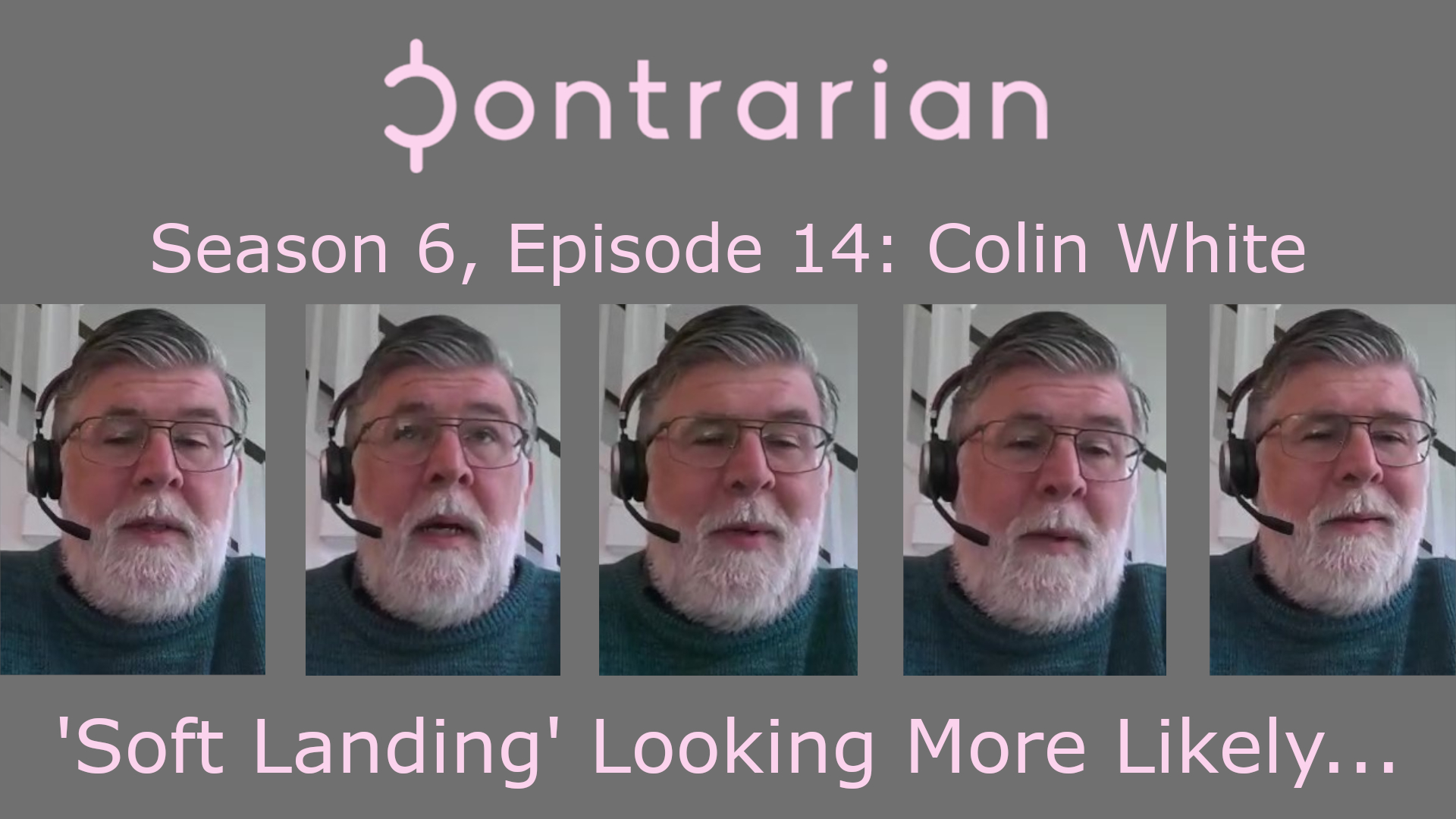With James Fishback, Azorio Partners
James Fishback, founder of Azoria Partners, joins the podcast to discuss the Fed’s shift in monetary policy, opportunities afforded by another Trump administration, why AI hype is real, and a host of other issues.
James Fishback, founder of Azoria Partners, joins the podcast to discuss the Fed’s shift in monetary policy, opportunities afforded by another Trump administration, why AI hype is real, and a host of other issues.
This podcast was recorded on Sept. 4 and was being made available to premium subscribers that same day. More information about premium subscriptions is available here.
NB: The guest is outspoken on certain political beliefs discussed here. These views are not necessarily shared by the host or the Contrarian Investor Podcast more generally.
Content Highlights
- The Federal Reserve is expect to cut 200 basis points off of interest rates when all is said and done. The reality should fall well short of that measure… (1:37);
- The US is economy growing in aggregate. Pain points are felt among lower socio-economic classes (4:44);
- The major change will not come from a major shift in monetary policy but what happens fiscally, with the November election (9:16);
- How to trade a Republican sweep? There’s an acronym: T-R-U-M-P (10:54);
- Many companies have taken advantage of cheap labor supplied by illegal immigration. Their stocks will suffer once this is rolled back… (15:31);
- AI is real. Productivity gains will be massive (17:44);
- Crypto discussion. The best opportunity for bulls may to bet on lower volatility for Bitcoin… (22:47);
- Background on the guest (28:33);
- Azoria’s first ETF will be called the Meritocracy Fund. The strategy (33:38);
- Another opportunity: Argentina (43:18)
More Information About the Guest
- Website: AzoriaPartners.com;
- Substack: HeadofMacro.com;
- X: @j_fishback;
- LinkedIn: Azoria-Partners



